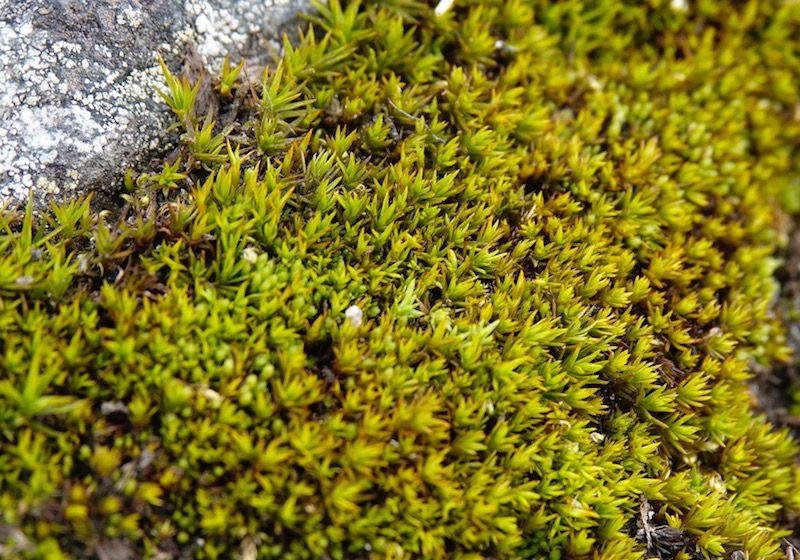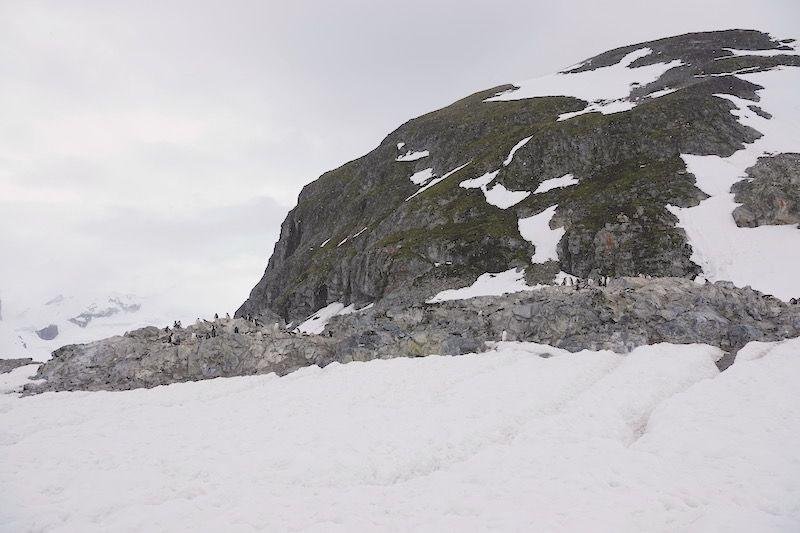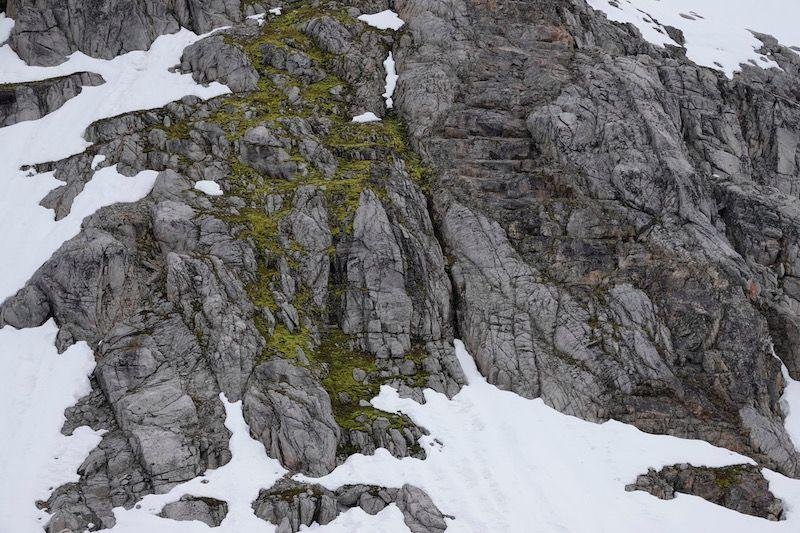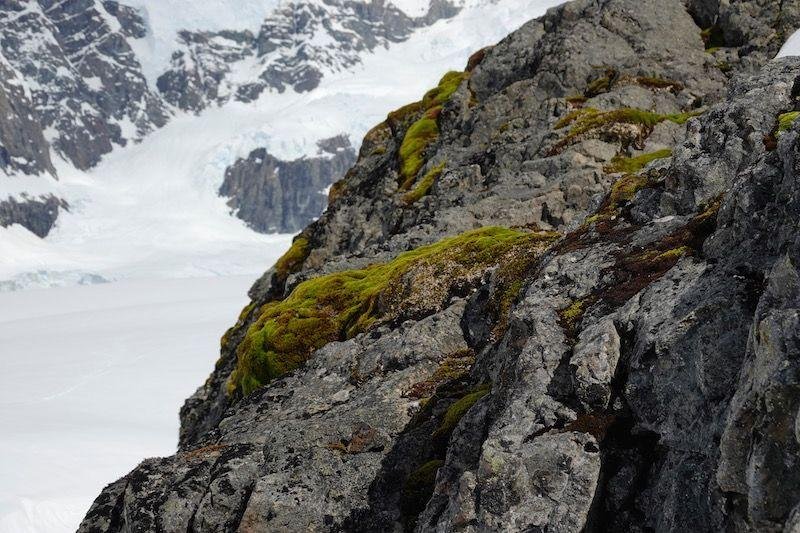
News (123)
Drones help scientists check the health of Antarctic mosses, revealing climate change clues
Written by Sharon RobinsonDrones are helping scientists check the health of Antarctic mosses, revealing clues on the pace of climate change.
Read more in the Conversation
Plus here is the Youtube video
and if you want to read the paper
Malenovský Z, Lucieer A King DK, Turnbull JD & Robinson SA (2017) Unmanned aircraft system advances health mapping of fragile polar vegetation. Methods in Ecology and Evolution 8 1842-1857
Professor Sharon Robinson has just returned from 19 days aboard the MV Ushuaia as part of the Homeward Bound Leadership Faculty 2019. She led the On Board Science Stream leader with Dr Katherine Duncan.
Antarctica seems like a long way from anywhere but climate change is affecting the tiny plants and animals that make their home there. Along the Antarctic Peninsula region, that Homeward Bound 3 is visiting, the climate is becoming much warmer and wetter which means that plants can colonise new ice-free areas and grow faster.

On the other side of the continent it is getting colder and drier and the plants are having a tougher time. My team have shown that some East Antarctic moss beds are drying out and dying.2-4So from pole to pole, and all around Antarctica, these tiny plants are recording how we are changing our planet as they grow. My team’s work shows that although these plants are tiny (a few centimeters tall), they can be hundreds of years old. They are the old growth forests of Antarctica, home to tiny microscopic animals, like water bears or moss piglets (tardigrades) springtails and nematode worms, as well as fungi and microbes. We know the plants are hundreds of years oldbecause as they grow, they lay down a signal of the carbon dioxide in the air and so record changes in the composition of carbon dioxide. From coal burning to radioactivity released from nuclear testing in the 1950s and 1960s (the bomb pulse) they are recording the Anthropocene from the bottom of the globe. That means they are sentinels for our past, as well as early warning of possible global futures.
These plants survive freezing winters, emerging from under winter snow for a brief summer of weeks to just a few months. They get their water from ice melt and their nutrients from ancient deposits of penguin poo, as well as more recent bird droppings.
They grow all around the Antarctic coast, and it is exciting to think that we may be the first people to see some of these plants as they take over newly exposed land on the peninsula.
On 13thJanuary, we saw a lot of moss growing near the Admirante Brown (Argentinian) Station. Based on their past visits, our guides on the Ushuaia were able to show us how fast the ice is retreating behind the station and we can see the moss that is colonising these newly exposed rocks. We saw many species of bright green moss on this one landing.
The day was so warm, we could see tiny animals, small as a pin head, running around. These invertebrates live in the tiny moss forests and on warm days roam around the nearby rocks looking for food. I was excited to see my first Antarctic midge (Belgica antarctica), the wingless fly that is found on the Peninsula.
But there is also a sobering message of climate change in action. Seeing first hand, how quickly the glaciers are retreating and the area is changing, makes the Homeward Bound goal of building a sustainable global future even more important.
References
- Waterman M, Turnbull J and Robinson, S (2018) Antarctica’s ‘moss forests’ are drying and dying https://theconversation.com/antarcticas-moss-forests-are-drying-and-dying-103751
- Sharon Robinson, Melinda Waterman & Andrew Netherwood (2017) East Antarctic mosses reveal a windier, drier climate https://youtu.be/LF4p3ng0HRQ
- Robinson SA, King D, Bramley-Alves J, Waterman MJ, Ashcroft MB, Wasley J,Turnbull JD,Miller RE,Ryan-Colton E, Benny T,Mullany K,Clarke, LJ, Barry, L, HuaQ. (2018) Rapid change in East Antarctic terrestrial vegetation in response to regional drying.Nature Climate Change 8, 879-884, DOI: 10.1038/s41558-018-0280-0
A feature about my research on the UOW Women of Impact Series. Includes a brief overview and a video.
Australian Bryophyte Workshop, Flinders Ranges, South Australia, 20 - 26 August 2016
In Australia's largest mountain ranges, I joined Australian and international bryologists to search out some of the plant kingdom's smallest members - moss, liverworts and hornworts. As I'm a beginner in this field, and was just a few weeks into my PhD, the week long bryophyte immersion was a welcome launch pad into the world of moss research.
We have just got back from KL where the Scientific Committee for Antarctic Research held its biennial meeting. Mel and I went via Singapore so we could catch up with Jessica on the way. We got to see the Singapore Botanical Gardens as well and meet some VIP orchids. Diana and Mick met up with us in KL. Xurxo Gago who is visiting our lab for a few months came from Spain. We also met up with our Antarctic collaborators Todd from Portland, USA and Angelica from Concepcion, Chile as well as several hundred other Antarctic Scientists. We were surprised to find that fashion week was on in KL but we couldn’t find a red shoe to pose in (see news from SCAR 2014 in NZ).
Interdisciplinary Pathways to Antarctica - Eco-Antarctica Symposium
Written by Sharon RobinsonAntarctica is a natural subject for interdisciplinary exploration because it ignites passion and curiosity on so many fronts. The day brought together a kaleidoscope of interested parties from the worlds of visual art, toxicology, history, climate science, law, plant biology and the humanities. Such disciplinary diversity gave a taste of the contradictions that Antarctica embraces - whether from the point of view of temperature change, ice movement or the tourism industry of this remote continent.
Here are links to a video of a presentation that I gave at the Eco Antarctica Symposium - "INTERDISCIPLINARY PATHWAYS TO ANTARCTICA" on 9 August 2016 at the Leon Kane-Maguire Theatre, Innovation Campus, University of Wollongong.
The video is available in HD from my multimedia page
and also on Youtube, where you can find some of my other media presentations.
I recently returned from this year’s ICPR conference held in Maastricht in the Netherlands. The photosynthesis congress is held every four years and hosts researchers involved in all aspects of photosynthesis research. In what was the largest poster room I have ever seen, I was lucky enough to present a poster on understanding the regulation of photosynthesis during sun-flecks. I was also lucky enough to present two talks on solar induced fluorescence (SIF) at both the main conference and a satellite meeting held in Essex the week prior.
Many ecological questions require information on species' optima in relation to environmental gradients. These attributes can be important in determining which species will coexistence and how this may vary with climate changes. However, existing methods do not quantify the uncertainty in the attributes or they rely on assumptions about the shape of species' responses to the environmental gradient. To remedy this, Mick Ashcroft and the team recently developed a model to quantify the uncertainty in the attributes of species response curves and allow them to be tested for differences without making assumptions about the shape of the responses.





